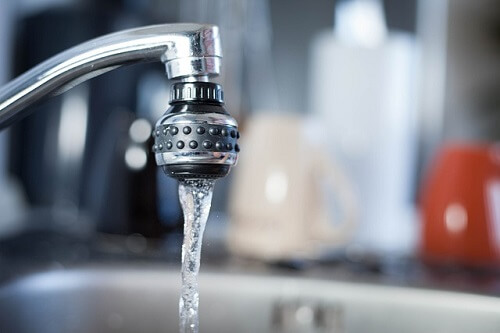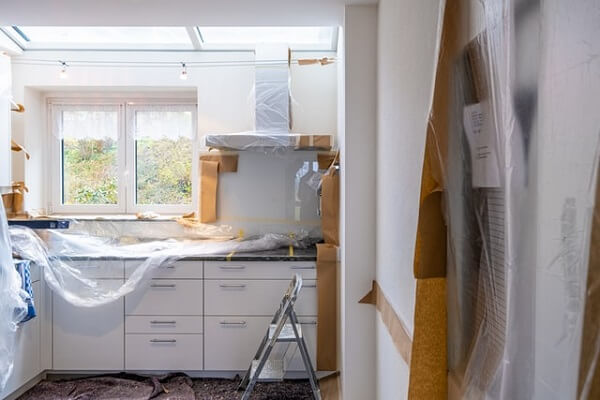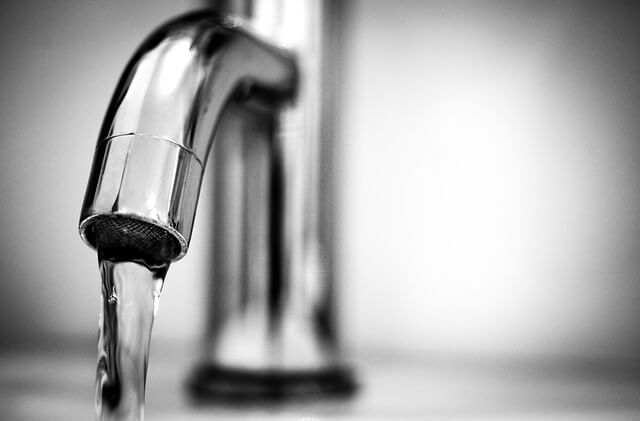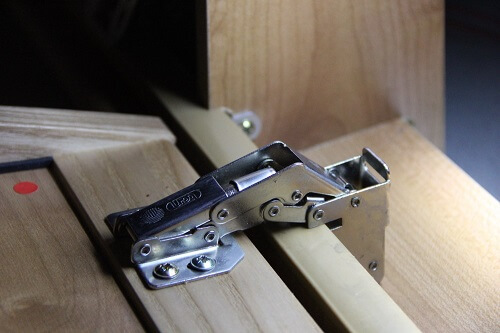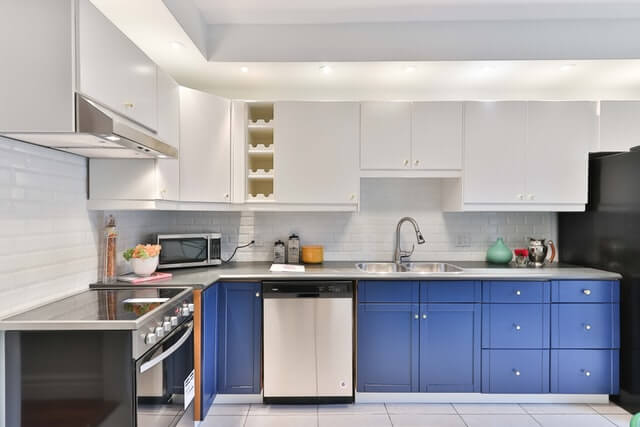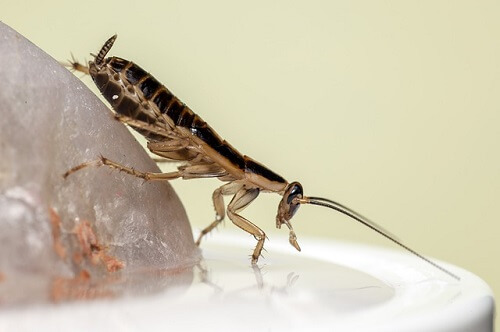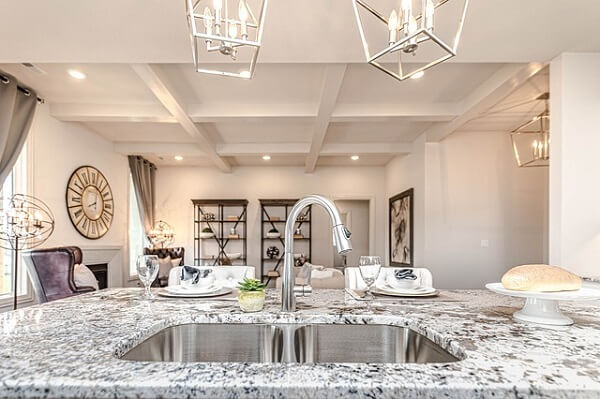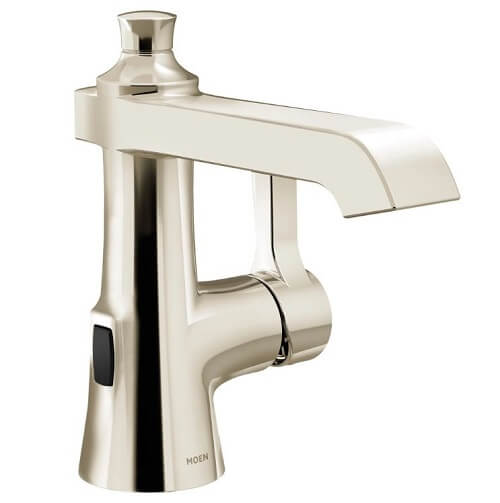What Causes Low Water Pressure In The Kitchen Sink? Here Are The 6 Causes And Solutions
So what causes low water pressure in the kitchen sink? this question has been asked a lot of times on many social platforms and because of this, we are going to take let you know everything about the kitchen sink, what causes low water pressure, and ways to fix low water pressure in the kitchen sink.
One of the most frustrating things that can happen to you is when the sink in your kitchen loses water pressure, you then tend to ask yourself why did my kitchen sink lose water pressure?.
So after some research on the issue, we found out what causes the kitchen sink to lose pressure. This article is not only going to focus on what causes low water pressure at the kitchen sink only but rather we will cover the solutions to all the kitchen sink problems.
So if you have lost water pressure in the kitchen sink, then you might want to take your time and go through this guide on the causes and how to fix it.
Several things can cause the kitchen sink to lose water pressure, and we will bring that to your attention in today’s article.
So without wasting any further time, let us get to see the reasons why a kitchen sink loses water pressure.
What Is The Cause Of Low Water Pressure In A Kitchen Sink?
The most common cause of low water pressure in the kitchen sink is a clogged aerator or cartridge. This is usually the cause of this issue most of the time.
Other factors that can cause this are water line breaks, routine repairs, and leaking toilets. A closed shut-off or pressure-reducing valve can also cause low water pressure in the kitchen sink.
The sink in your kitchen is a place that sees more use than most other sinks in your home. The sink in your kitchen sees more help than ever than the bathroom sink.
So in this article, we will look at some of the causes of kitchen sink water pressure loss. We will also look at some solutions to solve these problems when you come across them. Let us get to the causes.
As I stated earlier, several things can cause the sink in your kitchen to lose water pressure.
When you come across this problem, you should first check and see if the problem is affecting only the sink in your kitchen.
If the issue is isolated to the sink in your kitchen, the cause could be either a clogged faucet aerator or a blocked faucet cartridge.
However, if you discover that the low water pressure issue is affecting other areas of your home, then the probable causes could be:
- Waterline breaks
- Shut-off valves
- Leaking toilet
- Pressure reducing valve
You can fix some of these issues as long as you have the appropriate tools for the jobs. However, you usually have to call in a professional plumber to take care of the work once you have a problem.
6 Causes Of Low Water Pressure In The Kitchen Sink
We will now look at all the most common causes of this issue.
1. Faucet Aerator
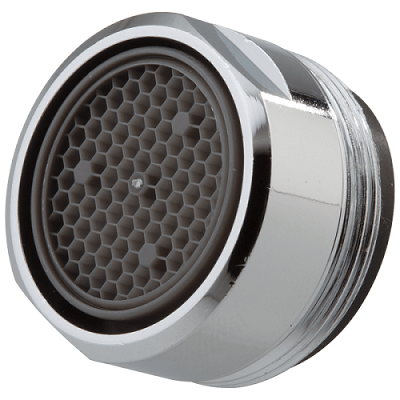
The aerator is a device used for controlling the flow rate. You can find this device near the tip of a faucet.
Most of the time, particles, minerals, and debris can clog up the aerator, eventually causing your kitchen sink to experience a loss of water pressure.
How To Fix Low Water Pressure In The Kitchen Sink Caused By Faucet Aerator
The best way to fix this problem most of the time is to get the aerator cleaned.
This will restore the faucet’s water pressure to where it was before. You remove the aerator by using your hand to twist it counterclockwise.
If that looks hard to do with your hand, use a pair of split-joint pliers with some tape around its teeth. This helps you to get a better grip on the pliers.
After removing the aerator, you soak it in vinegar and then use a brush to remove all the sediments.
You can also soak the aerator in the vinegar until the next day, and this can also do the trick. If you realize that the particles are too hard to get rid of, you can always get a replacement for the faucet aerator and have the old ones thrown out. This will return your water pressure to normal.
2. Faucet Cartridge
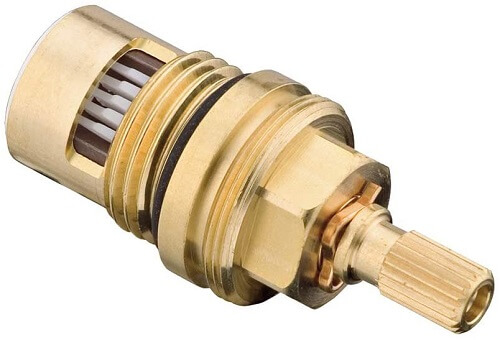
When your faucet cartridge also becomes clogged, it can cause the water pressure in your sink to become low.
The cartridge is responsible for the control of water in your faucet. The cartridge opens when you turn ‘on’ the handle to allow water to flow.
It closes when you turn it ‘off’ to stop the water from flowing. You will find out that cleaning the faucet cartridge is more than cleaning the faucet aerator.
Before you dismantle the faucet, you first have to close the shut-off valve and then allow any water in there to run out.
You do this to ensure no residual water in the line. After you are done with that, you close the sink’s stopper to prevent any debris from escaping the drainage.
How To Fix Low Water Pressure In The Kitchen Sink Caused By Faucet Cartridge
Use a flat screwdriver to pry off the handle cap and use a pair of slip-joint pliers to remove the retaining nut. It would help if you considered sticking some tape around the teeth of the slip joint plier to add some grip.
The tape would also prevent the faucet from getting any scratches on it from the slip joint plier.
Now, pull off the retaining clip with a pair of regular pliers. You can now pull out the faucet cartridge from the opening.
Clean the faucet cartridge by leaving it in vinegar for the night. After that, you clean off the remaining sediments with a stiff bristle brush.
Again, you can decide to replace the faucet cartridge if you notice that the sediments are too much to clean off. You can get a replacement relatively quickly.
3. Waterline Breaks
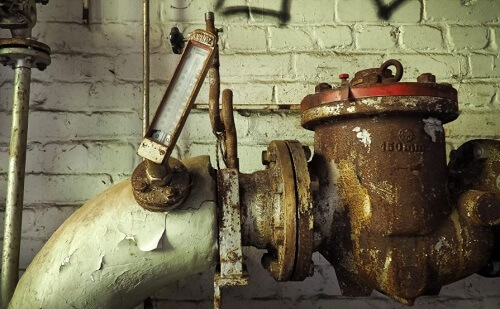
Once in a while, there can be a break in your water line, and it is not that easy to detect them. If you realize that it is not only your kitchen sink that has lost water pressure, then there could be a break in your water line.
How To Fix Low Water Pressure In The Kitchen Sink Caused By Water Break
You can check to see if there has been a break in the water line by reading the water meter. You will have to close all faucets and water outlets in your home before reading the water meter.
Reread the water meter after about four hours. When you see that there has been a change in the water meter reading, you will then know it was a water break that occurred.
This could be that there has been a leak caused by a break in the water lines somewhere.
You can call a professional plumber to look at the possible causes of the water line break.
4. Leaking Toilet
Another factor that can cause low water pressure in your kitchen sink is a leaking toilet.
A break in the supply lines or the toilet tank can be one of the causes of this leak. Additionally, a stuck flapper, a faulty fill valve, or a malfunctioning float might contribute to the low water pressure in your kitchen sink.
The issue could stem from faulty connections or a warped flapper.
How To Fix Low Water Pressure In The Kitchen Sink Caused By Leaking Toilet
In this case, the first thing you need to check out is to look for the side that is leaking and causing the smell, and then call a professional plumber to look at it. This is the best way to go about it since it is not all that easy to fix a leaking toilet all by yourself. If you are in the USA, you can contact Calfohome services for a quick fix.
5. Shutoff Valve
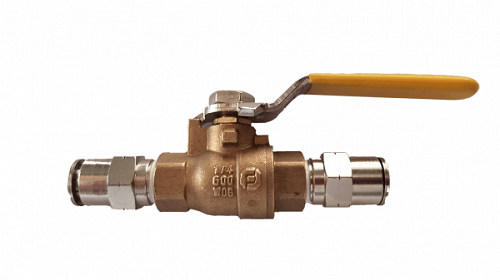
The shut-off valve is responsible for shutting the water off to the sink in your kitchen, and this valve is usually situated under the kitchen sink.
The shut-off valve is rarely operated, so mineral deposits can build up in it as the years go by. This will eventually weaken the washers.
There can also be some leaks developing near the stem of the shut-off valve. You should always check first to see if the shut-off valve is completely open or not.
It could even be that the closed shut-off valve is the only reason why your kitchen sink is experiencing low water pressure.
If the sink in your kitchen has two shut-off valves, you should inspect both of them to see if they need to be replaced or not. It is usually more accessible to replace them than to get them cleaned or work again.
Before you try to replace the shut-off valve, you should first close off the main water line so that no water will disrupt what you are doing.
How To Fix Low Water Pressure In The Kitchen Sink Caused By Shutoff Valve
Now, remove the water line that connects to the shut-off valve by using a wench to get the nut loose. You can then remove it by turning it counterclockwise.
You now remove the compression nut, which is used for securing the shut-off valve in place. After this, the shut-off valve will come off.
You should ensure that the replacement is identical to the shut-off valve you just removed. After fitting the new lock-in, tighten the compression so as not to hold it in place.
However, be careful not to tighten it too much as you could end up damaging the nut or the pipe.
Now, reconnect the water supply line. Tighten the water supply line nut as well.
6. Pressure Reducing Valve (PRV)
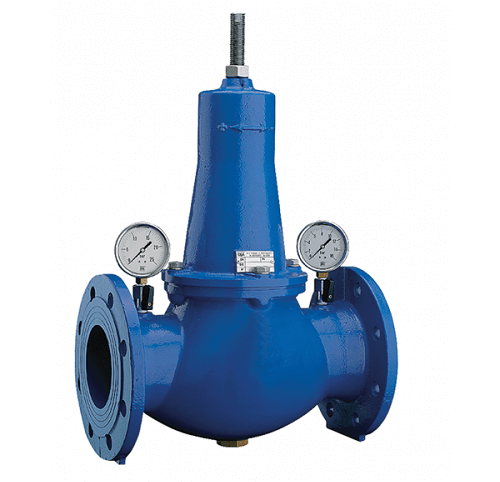
This is sometimes known as the pressure regulator, and it is usually located on the line entering a home or an office.
It is mainly shaped like a bell and pre-set by the manufacturers. You should try adjusting this to see if it would affect the water pressure in your kitchen sink.
It may also show you some signs of any form of damage.
How To Fix Low Water Pressure In The Kitchen Sink Caused By Valve (PRV)
If you notice a problem with the pressure-reducing valve, you can call your professional plumber to come and fix it for you.
You can also decide to have it replaced. Always make sure to close the master shut-off valve first before you do anything with the pressure-reducing valve.
Why Sink Sprayer Has No Pressure
The sink sprayer may not have any pressure because of a blocked, worn-out, or damaged hose.
A faulty diverter could also cause the problem. The diverter distributes water from the faucet to the sink sprayer.
You should also check the aerator in the sink sprayer to see any blocks there.
Conclusion
In this article, we addressed the common causes of low water pressure in the kitchen sink and provided some remedies to tackle these issues effectively.
However, if you think that you cannot handle any of these on your own, you can always call your plumber to get the job done for you.
Calling a professional plumber will make everything easier and fix or replace it in no time at all.
I hope this article has been beneficial to you today. Make sure to catch similar articles on our website after you are done with this article.

